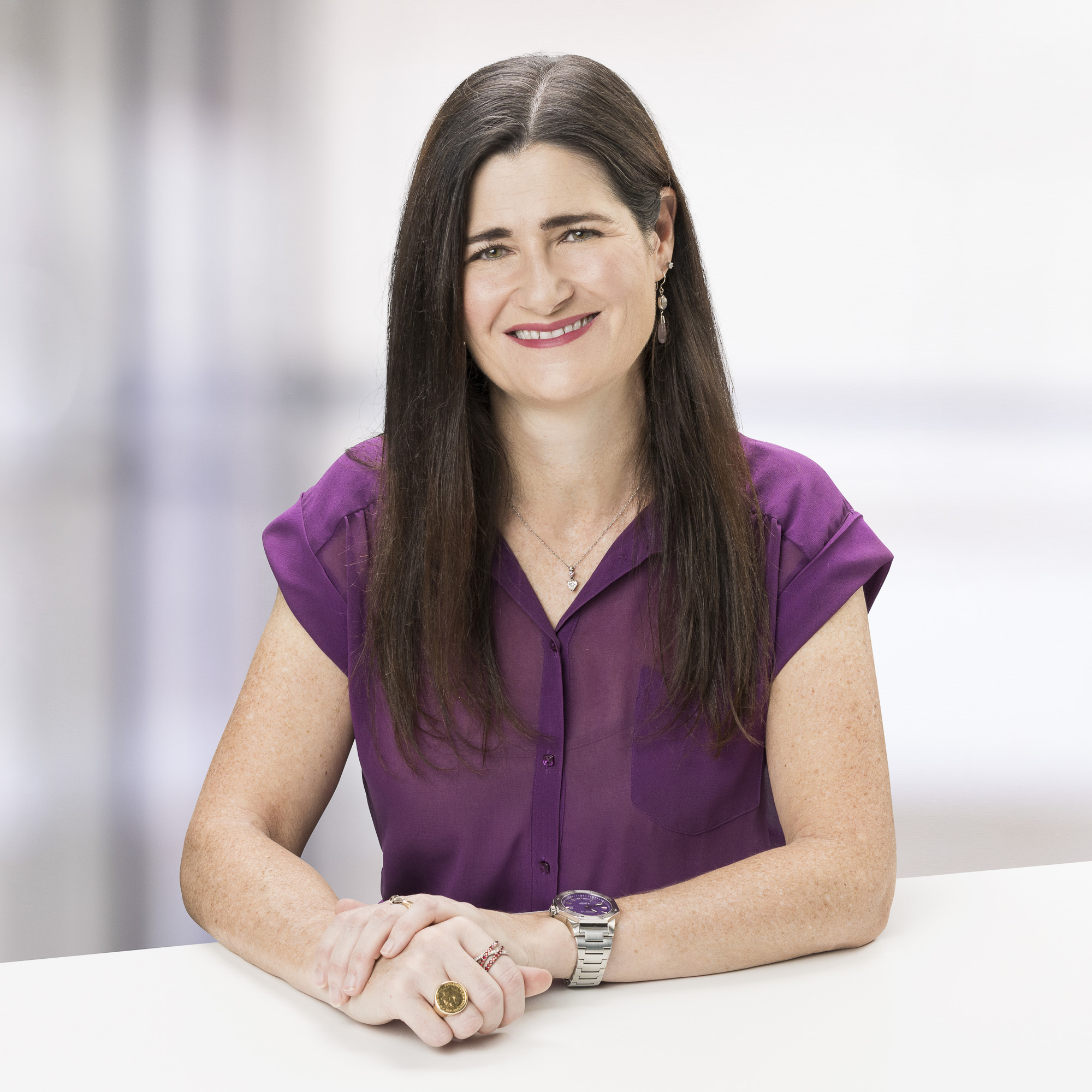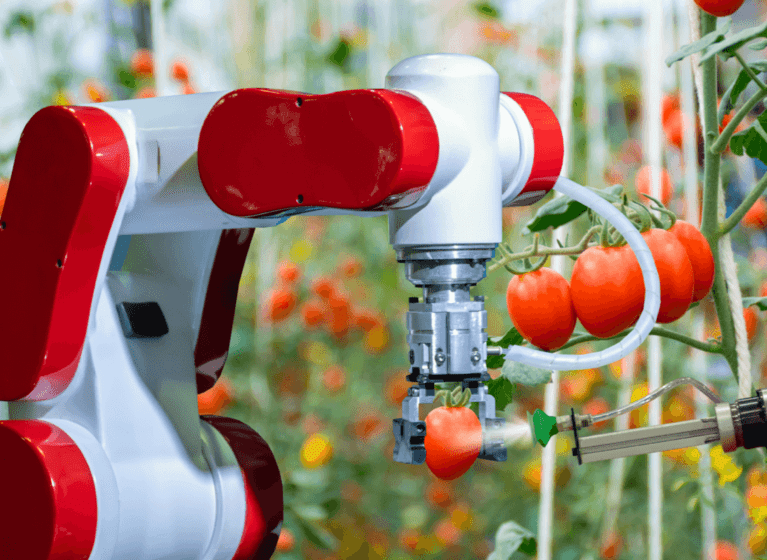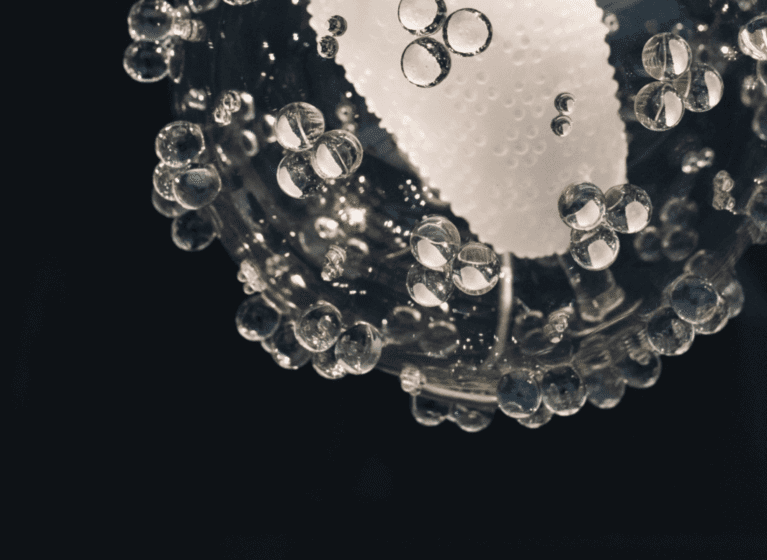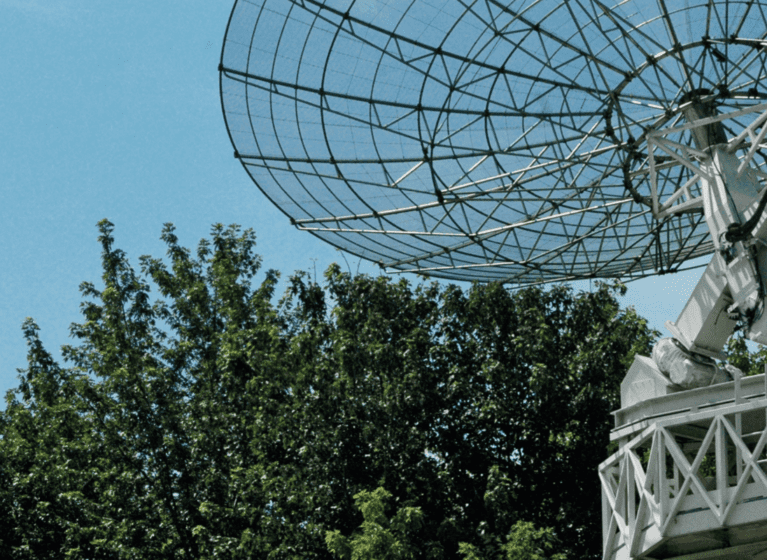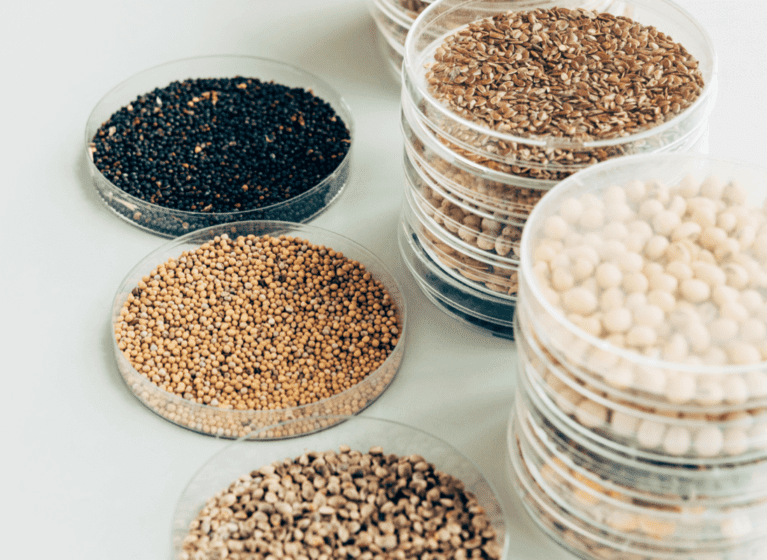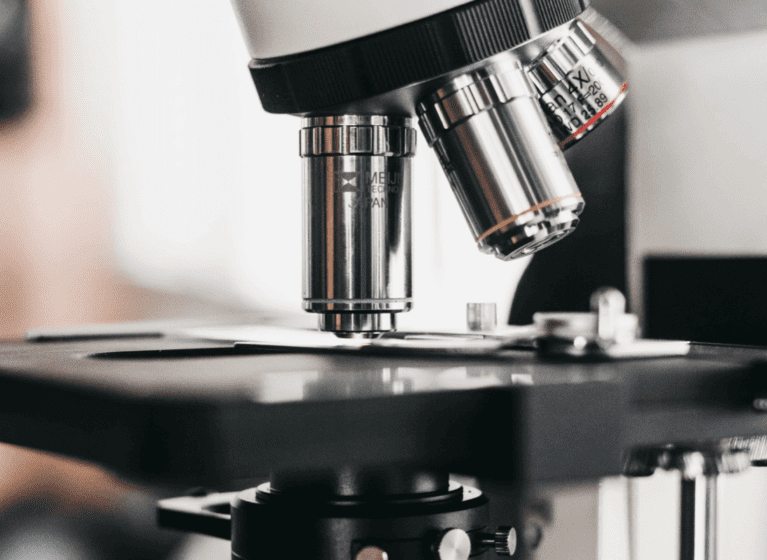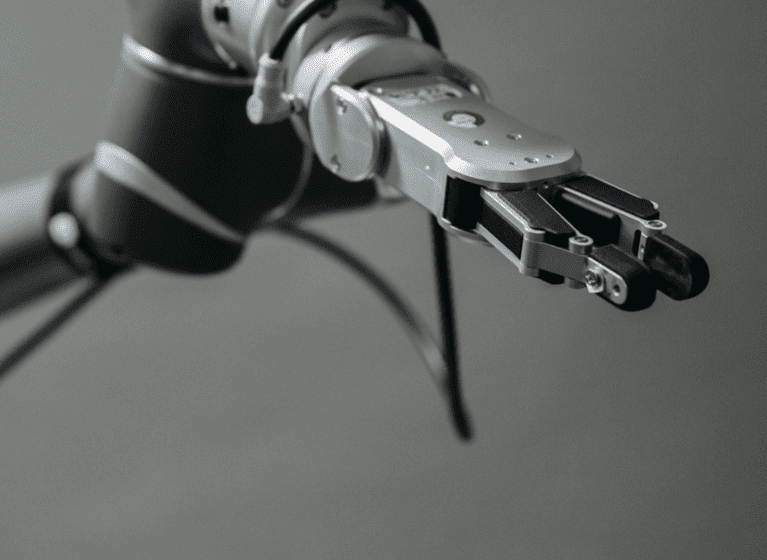2021 was a year dominated by decisions relating to patent term extensions (PTE) and patentable subject matter. And it was a year that kept the appellant courts in Australia very busy – often thanks to the Australian Patent Office!
- Despite being called out for their interpretation of the PTE provisions leading to “manifest absurdity or unreasonableness”, the Patent Office has appealed the Federal Court’s decision that it is the patentee’s first registration of a product that sets the deadline for a patent term extension – not the first registration of the product per se
- The Patent Office also has appealed the Federal Court’s decision that artificial intelligence can be an inventor
- And fresh from their successful appeal in 2020 relating to the patentability (or lack thereof) of a computer implemented advertising system, in 2021 the Patent Office added the scalps of electronic gaming machines via a successful appeal of the first instance decision of the Federal Court that electronic gaming machines were patentable. But that success may be short lived, with Australia’s highest court just yesterday agreeing to hear an appeal.
On other fronts:
- The Federal Court’s decision that patents claiming more than one Australian Register of Therapeutic Goods (ARTG) approved product can only seek an extension of term on the basis of the first approved product has also been appealed
- But putting a full stop after the question of the patentability of diagnostics under Australian law, the Full Federal Court decision handed down their much anticipated decision in 2021 saying “YES”.
- The Federal Court also affirmed what the Australian Patent Office has been saying since 2014 – that applicants/patentees can rely on Australia’s grace period provisions to disregard their own ‘whole of contents’ novelty documents. BUT the Full Federal Court warned patentees they need to be careful as to what they make ‘public’ when it comes to relying on the ‘reasonable trial’ grace period provisions, and when a disclosure is, and is not, deemed to relate to the working of the invention.
PTE case #1: Manifestly absurd Patent Office approach to PTE reversed – for now.
Ono Pharmaceutical Co, Ltd v Commissioner of Patents [2021] FCA 643
A very welcome decision for patentees from the Federal Court of Australia has restored certainty to Australia’s patent term extension (PTE) provisions, and consistency with other jurisdictions.
Ono Pharmaceuticals and BMS (Ono/BMS) had sought PTE for a patent based on the registration of their Opdivo product. The Australian Patent Office rejected Ono/BMS’ request on the basis that it was not made by the required deadline and should have been made based on the registration date of Keytruda, rather than that of Opdivo. The Patent Office reasoning was that Keytruda was the “first inclusion” on the ARTG of a pharmaceutical product falling within the scope of the patent claims, and the date of registration of Keytruda, 9 months prior to that of Opdivo, established the deadline for the PTE request. The issue arose in this case because a claim in Ono/BMS’ patent comprised broad language defining a mAb “which cross-competes for binding to human PD-1 with a reference antibody…”. This claim was considered to capture Merck’s Keytruda product. Ono/BMS appealed this decision.
The Court rejected the interpretation of the legislation adopted by the Australian Patent Office as leading to “manifest absurdity or unreasonableness”. The Court also commented that if the Patent Office’s interpretation of the legislation was to be accepted, “there would be very serious practical problems which would be unduly onerous and not beneficial to the patentee.” Moreover the Court observed that if the Patent Office approach was correct, it would be inconsistent with the entire purpose of the PTE regime: to restore the time lost to patentees prior to gaining marketing approval to compensate the patentee for the additional time, expense and difficulty in developing and commercialising a new pharmaceutical substance.
The Australian Patent Office appealed this decision, and it was heard by the Full Court in November 2021. Stay tuned for what will hopefully not be an absurd and unreasonable outcome.
PTE case #2: The downside of “two for the price of one” in your patent
Merck Sharp & Dohme Corp. v Sandoz Pty Ltd [2021] FCA 947
It wasn’t however all good news for patentees on the extension of term front in Australia, with the court in Merck v Sandoz finding that where the patentee is the sponsor of two products disclosed and claimed in the patent, only the first of these products included in the ARTG can be relied upon for a term extension.
The claims of Merck’s patent encompassed two products: sitagliptin and sitagliptin with metformin. Both products received approval and listing on the Australian Register of Therapeutic Goods (ARTG), in 2006 and 2008 respectively. In order to be eligible for an extended term, there must be more than 5 years between the filing of the patent application, and the ARTG approval. Applying this requirement to the timing of the ARTG listing of the two products, only the combination product rendered the patent eligible for an extension of term.
Sandoz successfully challenged the extension on the basis that it must be based on the first good product included in the ARTG, which was the single sitagliptin product, and whose ARTG listing was within 5 years of the patent filing date. My colleagues discuss the decision in more detail here.
This decision was also appealed and was heard in November 2021 by the same panel of judges that heard the appeal in Ono v Commissioner of Patents. In the meantime, patent applicants would be wise to file an application for an active ingredient and a separate application (eg a divisional application) for that active ingredient in combination with another active ingredient.
It would also be wise to review your existing extended patents, as the Australian Patent Office is now also reversing the grant of extended terms on the request of third parties to “rectify the register”. (See Bayer Pharma Aktiengesellschaft [2022] APO 7).
PTE case #3: When is a product claim not a product claim? Potentially when it’s an EPC 2000 claim.
Biogen International GmbH v Pharmacor Pty Ltd [2021] FCA 1591
An interlocutory decision has given us a first insight as to how Australian courts may construe purpose limited use claims ie so called “EPC 2000” claims.
As part of infringement and validity proceedings between Biogen and Pharmacor, Biogen sought an interlocutory injunction preventing Pharmacor’s entry to the market pending conclusion of the proceedings. One aspect of Pharmacor’s defence to infringement is the patent term extension (PTE) awarded to the Biogen patent – which extended the term of the patent by 5 years to 29 October 2024 – was invalid.
The PTE request was based on EPC 2000 claims. Biogen argued that such claims under Australian law are claims to a product suitable for, but not limited to, the defined use. Pharmacor in contrast argued that an EPC 2000 claim should be construed in the same way that it is under UK law, being limited to the defined use. If the court ultimately agrees with the position put forward by Pharmacor, then in turn, an EPC 2000 claim is unlikely to be considered a claim to a pharmaceutical substance per se, and will not be able to provide the basis for a PTE.
Being an interlocutory decision, the Court was not required to arrive at a conclusion as to the correct construction of EPC 2000 claims under Australian law. However in arriving at a provisional view, the Court likened EPC 2000 claims to Swiss form claims (whose novelty is conferred by the defined use), noting the similarity in the claim terminology of “for the prevention and/or treatment of…” and “for the therapy of…”, and the claimed use of the EPC 2000 claim (at least in the context of this patent) being “an essential integer of the claim”. This led to a provisional view from the court of there being “a sufficiently strong prospect that the extension of the Patent may have been wrongly granted.”.
So now we wait to see how the issue of EPC 2000 claim construction will play out…
Artificial intelligence crosses another frontier – to inventorship
Thaler v Commissioner of Patents [2021] FCA 879
When you look up Australian application 2019363177 you will see the inventor listed as DABUS. DABUS is not a person who goes by a single name (like Madonna or Bono). DABUS, which stands for “device for the autonomous boot-strapping of unified sentience”, is an artificial intelligence. And the Federal Court has ruled that an AI system can be an inventor for the purposes of the Australian Patents Act 1990.
The AI system that purportedly generated the inventions claimed in the DABUS application is not described in the patent specification. However, Dr Thaler (the patent applicant) gave evidence that he was the developer of the AI system and the owner of copyright in the system’s source code.
As neither the Patents Act 1990 nor the accompanying regulations include a definition of ‘inventor’, the court applied an ordinary meaning of the word and concluded that the word “inventor” is an agent noun. In agent nouns, the suffix “or” or “er” indicates that the noun describes the agent that does the act referred to by the verb to which the suffix is attached. “Computers” compute; “controllers” control; “regulators” regulate. As each example demonstrates, the agent can be a person or a thing. Accordingly, if an artificial intelligence system is the agent which invents, it can be described as an “inventor”.
Contrast this with the outcomes in the US, Europe, the UK and as of last week, New Zealand in respect of the counterpart applications, which all concluded that AI cannot be an inventor for (broadly speaking) the same reason: that a non-human cannot exercise legal rights and responsibilities. The Australian Court came to a similar conclusion about a non-human’s inability to exercise legal rights, but ultimately decided that this did not prevent an AI system being an inventor for the purposes of the Act. A more detailed analysis of the judgement and a consideration of its possible implications can be found here.
This decision was appealed by the Australian Patent Office on the basis that the patent legislation is incompatible with permitting and AI system to be named as an inventor. So once again, stay tuned for further developments.
It’s still a win for diagnostic methods! Australia remains a fertile ground for diagnostics.
Ariosa Diagnostics, Inc v Sequenom, Inc [2021] FCAFC 101
Against the backdrop of uncertainty around PTE provisions, it was a very welcome, unanimous decision, from 3 judges of the Full Federal Court who confirmed the first instance decision of the Federal Court that diagnostic technologies “fall firmly within the concept of a manner of manufacture” (patentable subject matter) in Australia.
In our 2019 year in review article we brought you the good news that methods of diagnosis were confirmed to be patentable subject matter. The dispute – equivalent to the parallel US and UK proceedings – considered the validity and infringement of patents directed to methods of non-invasive pre-natal diagnosis using cell-free fetal DNA (cffDNA) obtained from maternal serum or plasma. The first instance decision found the claims valid and infringed and was appealed by Ariosa.
The Full Court however upheld the first instance decision in relation to the validity of the claims. In particular, the Court commented that the substance of claim 1 is not genetic information, but “to a method involving the practical application of a means for identifying and discriminating between maternal and foetal nucleic acid”. The Court also commented that “[a]lthough the foetal nucleic acid occurs in nature, the substance of the invention is not cffDNA itself, but the identification of that particular nucleic acid as part of a method.” This is what distinguished this case from the Myriad decision whereby claims to an isolated gene we deemed patent ineligible.
My colleagues discuss the decision in more detail here.
Commissioner of Patents hits the jackpot!
Commissioner of Patents v Aristocrat Technologies Australia Pty Ltd [2021] FCAFC 202 (19 November 2021)
Whereas the appeal above delivered great news for patentees in the medical diagnostics space, the same could not be said for patentees in the electronic gaming machine (EGM) field.
The Full Court unanimously allowed an appeal from a decision which had held a claim to an electronic gaming machine patentable on the basis that the EGM was not a mere business scheme but rather a combination of physical parts and computer software to produce a particular outcome in the form of gameplay. But the Full Court confirmed that the primary judge erred in this approach, and that the first question to ask is whether the invention claimed is fundamentally a computer, or a method of using one. Taking that approach the Full Court determined that an EGM is, in effect, a computer. And specifically in this case, the claim was silent on how computer technology ought to be used to implement the feature games. As reported in last year’s patent law update here, the same court had already confirmed that mere implementation by a computer does not confer patentability.
Aristocrat filed a Special Leave application to the High Court on 22 December 2021 and in breaking news yesterday, leave to appeal has been granted. See Australia’s High Court to consider the patentability of computer implemented inventions. Once the case has been decided it will hopefully provide some much needed clarity around the patentability of computer implemented inventions in Australia.
In the meantime, patent applicants would be well placed to focus on the requirements set out by the Full Court. The Full Court in this decision took pains to confirm that many computer-implemented inventions are and remain eminently patentable. But in order to get over the line, there must be an improvement or advancement in the computer technology. The improvement in player engagement and satisfaction in this case, failed to meet this standard. My colleagues discuss the decision and the implications for patent applicants in this space here.
No win. No amendment. No success for Repipe.
Repipe Pty Ltd v Commissioner of Patents [2021] FCFCA 223
The Australian Patent Office had another ‘win’ of sorts in the computer implemented inventions space after the Full Court dismissed an application for leave to appeal filed by Repipe Pty Ltd.
The first instance decision found that Repipe’s systems for providing and receiving information using computer technology in the context of workplace health and safety were not patentable subject matter, for the reason that “The substance of both inventions is a mere scheme that can be implemented using some unidentified software application to cause a server computer and smartphone to perform the steps identified in the claim.”. In line with the reasoning of the courts in a number of decisions over the last 3 years related to computer implemented inventions, the lack of improvement or advancement in the computer technology itself was enough to preclude valid protection for Repipe’s invention.
An attempt by Repipe following the first instance decision to amend the patent to address the absence of patentable subject matter was described by the Full Court as being “inherently unsound” and was “correctly refused by the primary judge”.
Not to be deterred, Repipe filed a Special Leave application to the High Court on 6 January 2022. So between this case and Aristocrat, 2022 is shaping up to be a defining year for computer implemented inventions. Computer implemented inventions have had a rather rough time lately, with the Federal Court revoking two innovation patents in February 2022 which involved a computer implemented system for configuring and operating fitness studios: F45 Training Pty Ltd v Body Fit Training Company Pty Ltd (No 2) [2022] FCA 96. Added to that, the Australian Patent Office has refused (a) an application for an accounting scheme for storing financial data on the basis that only “generic or standard implementation in a computer is required”: Venkat Thandra and Ahmed Shaaban [2022] APO 13 (23 February 2022); and (b) an application relating to techniques for managing incidents such as work events for an organisation, for the reason that “the substance of the invention does not lie in any technical element of computer implementation but in a mere business scheme for analysing organisational parameters to proritise and control actions within an organisation”: Accenture Global Solutions Limited [2022] APO 8 (10 February 2022).
Australia’s grace period provisions: no saving grace for one; but amazing grace for the other.
Cytec Industries Inc. v Nalco Company [2021] FCA 970
Fuchs Lubricants (Australasia) Pty Ltd v Quaker Chemical (Australasia) Pty Ltd [2021] FCAFC 65
We close out the 2021 update with two decisions relating to Australia’s grace period provisions.
In a good news story for applicants and patentees, the Federal Court in Cytec Industries affirmed that grace period provisions may be used to disregard patent applications filed by the same applicant/s that published within 12 months of the filing date of the claims under consideration. Such applications, when they have an earlier priority date but a publication date after the priority date of the patent application in questions are citable for novelty, as ‘whole of contents’ documents.
Pleasingly, this decision provides a long awaited precedent, where applicants had previously only been able to rely on the untested approach adopted by the Australian Patent Office of also permitting reliance on the grace period to disregard earlier patent applications.
BUT the Full Court in Fuchs Lubricants took a very narrow view of the ‘reasonable trial’ grace period, which permits “use of the invention in the prescribed circumstances”, wherein the prescribed circumstances are “the working in public of the invention” (our emphasis), which due to the nature of the invention, “it is reasonably necessary for the working to be in public”.
The patentee, Quaker, had had discussions with a third party about their invention, and the possibility of running trials and experiments in their mine. These discussions were deemed to be ‘public’ because a confidentiality agreement was not in place between the parties. The Full Court held that these disclosures “relating to”, “for the purposes of”, or “as a necessary precursor to” the actual working of the invention were not captured by the provisions, particularly given the disclosures could have been the subject of a confidentiality agreement (ie they did not have to be public) and the time lapse between those first discussions in September 2010, and the trials ultimately conduced in December 2010 and May 2011.
